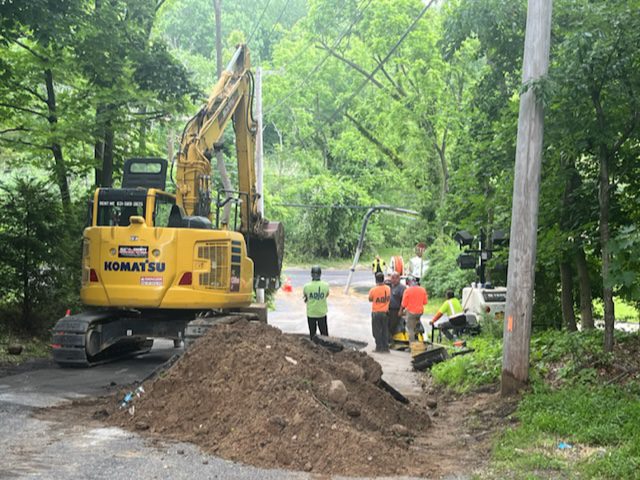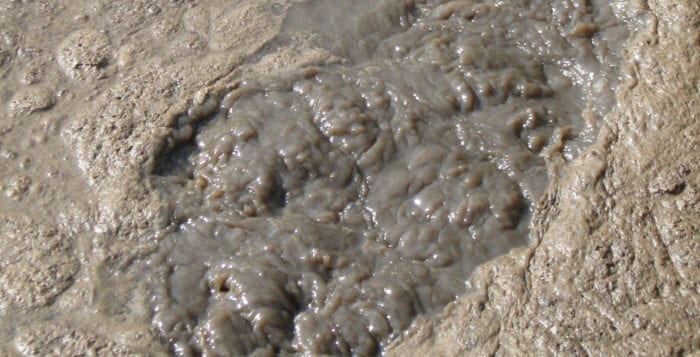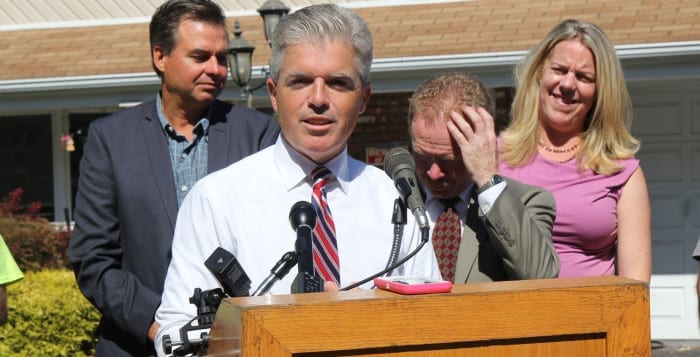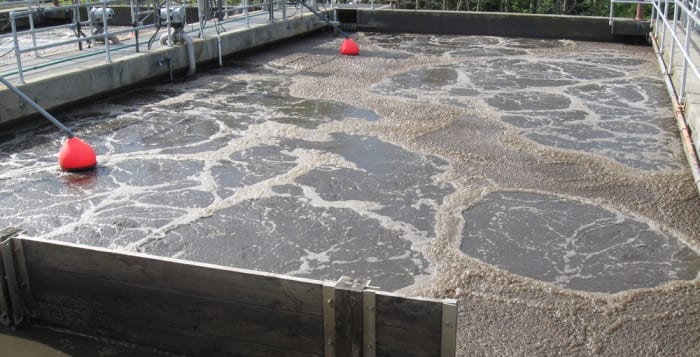By William Stieglitz
On the morning of April 14, an approximate total of 30,000 gallons of partially treated sewage was discharged into Port Jefferson Harbor over the course of two hours. According to the Suffolk County Department of Public Works, the discharge was caused by an electrical malfunction on a ultraviolet disinfection unit. Upon identifying the problem, the plant ran the effluent through a second UV system, while they repaired and tested the first, then returned to routine operations. While the New York State Department of Environmental Conservation confirmed that the plant is now operating normally, but there are still health concerns.
Port Jefferson village put out an alert, saying the sewage reached the surface of the water, and without the sewage having been fully disinfected, it can carry high levels of pathogenic bacteria and viruses. Residents and visitors are warned “to take precautions before recreating in Port Jefferson Harbor.” Additionally, the DEC announced a temporary closure on shellfishing for the harbor and its tributaries. The closure impacts approximately 1,639 acres of shellfishing beds in the NS5 harvest area, including Setauket Harbor, the Narrows and Conscience Bay, and will last until the department determines shellfish in the area are safe to use for food.
The response from local environmental groups has been one of concern for both the human and ecological impact. “It’s early spring, which means it’s spawning and breeding time for many species,” said Adrienne Esposito, executive director of Citizens Campaign for the Environment. She explained that finfish like winter flounder were at risk, as well as turtles and birds of prey that feed on juvenile fish. The horseshoe crab was of particular concern, as its population is already in steep decline in New York’s north and south shores. “This is the time when we want to protect this species, not add pollution to the water, which would harm them.”
Esposito predicted it would take “at least a couple of days” before the waters return to a normal state, but that it “is dependent upon water circulation and the tide.” She also said it would help for the DEC to do an investigation of what caused the UV unit to malfunction. “Is it because the unit is old? Does it need to be upgraded?” she asked. “Accidents happen, alright. And we understand that. But they need to assess the root cause and prevent it from happening again in the future.”











